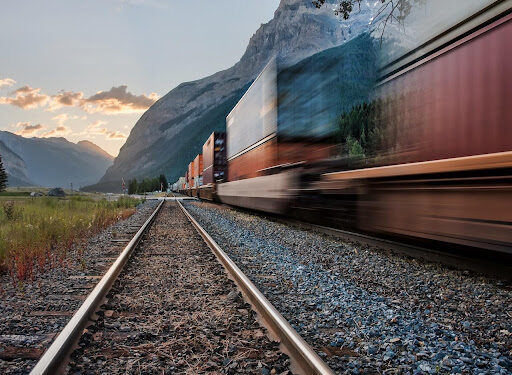Rail maintenance is critical to the safety and reliability of the railway network. However, various roadblocks can make it challenging to maintain the tracks, upgrade to newer technologies, and deal with changes in regulations.
In this article, we will provide you with six tips to avoid rail maintenance roadblocks.
Properly maintaining the tracks
Track maintenance is crucial in ensuring the smooth running of trains. Track maintenance involves inspecting tracks regularly, identifying any defects, and repairing them promptly.
With the right maintenance, the tracks can last for decades without requiring replacement, reducing the cost of maintenance significantly. To avoid barriers, it’s essential to invest in the right equipment, such as track geometry cars and other parts from companies like third rail train equipment, which help detect defects accurately.
Additionally, you must schedule regular maintenance to minimize downtime, ensure a smooth and seamless train operation, and provide a safe environment for passengers.
Dealing with preserving cleanliness standards
Railway stations and trains can get dirty and cluttered quickly, making it challenging to maintain cleanliness and hygiene standards. However, keeping stations clean is critical to prevent the spread of diseases and make the railway environment hygienic.
Develop a cleaning schedule and stick to it. Also, invest in cleaning equipment and cleaning compounds that give better results such as floor burnishers and microfibre mops. Finally, train your cleaning teams to adhere to the highest standards of cleanliness and hygiene to maintain the cleanliness of the railway station.
Securing sufficient staffing levels
Staffing is essential in any industry, and the railway sector is no exception. Sufficient staffing levels are necessary to maintain the tracks and railway infrastructure, ensuring seamless train operations.
Encourage staff to pursue training and education to develop new skills that improve train operations. Also, implement strategies that improve employee retention rates, such as offering competitive compensation packages and a work-life balance.
Upgrading to newer, more efficient technologies
Technology is continually advancing, and the railway industry must keep up to provide efficient and safer train operations. The latest technologies in the railway sector can improve train speed, safety, and reliability, making train travel more convenient.
To avoid roadblocks, stay up-to-date with the latest trends in railway technology. Adopt newer technologies, such as train collision avoidance systems, fire detection systems, and communication systems that improve train operations and safety.
Working within budget restraints
Budget constraints can make it challenging for rail maintenance, leading to a substantial reduction in funds available to maintain railway equipment and infrastructure. However, safety must be a priority in the rail industry, even with budget constraints.
Prioritize essential maintenance tasks and projects and ensure adequate funds are allocated to them. Use data analytics to identify the most critical maintenance tasks that must be completed to maintain safety standards.
Understanding how changing regulations impact rail maintenance
Regulations in the railway industry are continually changing, and you must keep up with the latest changes to comply with the law. Missing out on new regulations can lead to fines and penalties, leading to significant financial losses.
Build a culture of compliance within your team. Subscribe to industry publications and regularly attend industry conferences to keep abreast of new regulations and changes in the industry. Additionally, work closely with regulatory bodies, including the Federal Railroad Administration (FRA) to understand regulatory changes.











